Cegły ogniotrwałe AZS
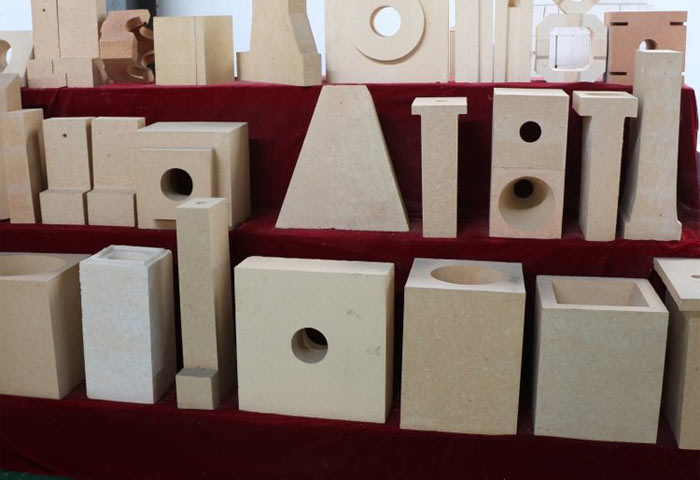
Obecnie, Szklane piece mają wyższe wymagania dotyczące cegieł ogniotrwałej. Wysokiej jakości cegły refrakcyjne mogą zmniejszyć zużycie kosztów i wytwarzać produkty lepszej jakości, a spiekane cegły refrakcyjne AZS są szeroko stosowane w piecach szklanych ze względu na ich odporność na anty-erozję i.
Miejscowa cegła AZS Corundum jest wykonana z wysokiej jakości cyrkonu (ZrO2) jako główny surowiec, Po naukowym i rozsądnym stopniu oceniania, z doskonałymi dodatkami do wydajności, przez formowanie pod wysokim ciśnieniem, spiekanie w wysokiej temperaturze produkty ogniotrwałe.
Na refraktory wytwarza wysokiej jakości AZS ostrzał cegły. Zawsze możesz się z nami skontaktować, aby uzyskać lepsze oferty AZS Brick.
Charakterystyka cegieł ogniotrwałej AZS
Jego cechy to wysoka siła, odporność na wysoką temperaturę, odporność na erozję, i dobra stabilność chemiczna.
Jest szeroko stosowany w metalurgii, materiały budowlane, ropa naftowa, przemysł chemiczny, ceramika, szkło, szkliwo, sadzy, metale nieżelazne, materiały ogniotrwałe, i inne branże w piecach przemysłowych.
Ponownie rozebrane cyrkonium corundum AZS spiekany ceglany produkcja proces: Zawartość ZRO2 w koncentratu cyrkonu stosowanym do produkcji spiekniętej cegły powinna być powyżej 65%, i połączony TiO2, Fe2O3, i Cao powinien być mniejszy niż 1%.
Porównanie cegieł AZS cegły fizyczne i chemiczne
| Marka nazwy | Cegła z cyrkonu | Ponownie rozstrzygnięta cegła AZS z elektropremontem | High Corundum Cegle | ||
| Typy | MZ-22 | MZ-30 | MZ-15 | AZS-32 | AZS-20 |
| Al2O3% | ≥55 | ≥50 | ≥62 | ≥48 | ≥58 |
| SiO2% | ≤25 | ≤22 | |||
| ZrO2% | ≥22 | ≥30 | ≥15 | ≥32 | ≥18 |
| Wytrzymałość na ściskanie w normalnej temperaturze(MPa) | ≥65 | ≥65 | ≥80 | ≥80 | |
| Gęstość luzem(g/cm3) | ≥2,85 | ≥2,95 | ≥2,70 | ≥3,25 | ≥2,80 |
| 0.2MPA Temperatura zmiękczania(T0,6%℃) | ≥1600 | ≥1600 | ≥1650 | ≥1625 | T2 ≥1650 |
| Porowatość(%) | ≤18 | ≤18 | ≤18 | ≤18 | |
Charakterystyka spiekanych cegieł AZS na szklane piece
1. Dobra odporność na erozję.
2. Dobry odporność na zużycie.
3. Dobra wydajność szoku termicznego w wysokich temperaturach.
Spiekane cegły przeciwpożarowe AZS Alumina na szklane piece są zwykle stosowane jako warstwa robocza szklanego basenu, który kontaktuje się ze szklaną cieczą i chroni piec, jednocześnie odporną na erozję szklanej cieczy. Dlatego, Spiekane cegły AZS są używane głównie w odcinku topnienia pieca szklanego w klatce piersiowej i łuku basen dolna warstwa uszczelniająca i inne części.
Wskaźnik fizykochemiczny spiekanych cegieł AZS dla pieców szklanych
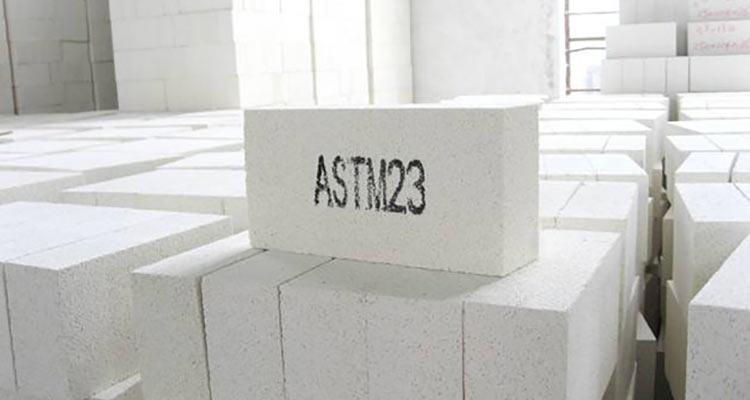
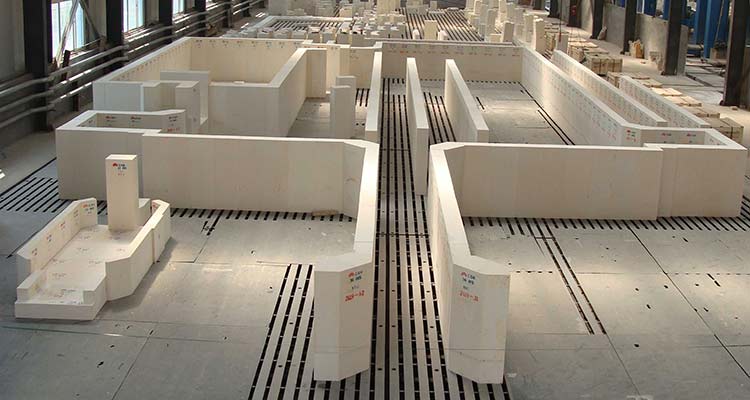
AZS oporne na cegły oporne na cegły cyrkunowe z elektroproczonymi cyrkunami stosowane w piecach szklanych
Cegły z elektrokorundu cyrkonowego
AZS oporne na oporne cegły nazywane są elektrozaworami Cegły cyrkonowe corundum. Jest wytwarzany przez całkowitą stopienie surowca i odlewanie go w formie odlewu, Następnie chłodzenie i utrwalanie. Jest stosowany głównie w piecach szklanych. Skurcz spowodowany skurczem objętościowym podczas procesu kondensacji tego produktu jest kwestią, którą należy odnotować podczas używania.
AZS refrakcyjne cegły są dostępne w normalnym odlewie, pochylone casting, nie-rateria, i quasi-cratering, i można je rzucić na różne sposoby, aby spełnić wymagania ceramicznych pieców Frit, Piece alkaliczne, i szklane piece. Jest odporny na szorowanie, odporność na korozję, i długą żywotność, i jest ogólnie używany w —– Metoda utleniania elektrozawji formowanie odlewu.
Trzy ważne siły napędowe
Rozwój zmiany cegły AZS ma trzy ważne siły napędowe.
Pierwsi producenci szkła za mniej utrzymywane i zwykle muszą zmienić jakość podaży szklanej i popytu.
Wymagania finansowe szklanych pieców, aby uzyskać dłuższy cykl operacyjny pieca.
I po trzecie, Wpływ systemu oksyfulu.
Te trzy wymagania zwykle decydują o wyborze zmodyfikowanych cegieł refrakcyjnych podczas naprawy pieca.
Te siły napędowe prowadziły również producentów szkła do wyboru zmodyfikowanych produktów opornych na pielęgnację i konserwację pieców oraz do wywołania nowych umiejętności do intensywnych prac naprawczych.
AZS refrakcyjne cegły pod szklanką
Stopione i odlewane cegły aluminiowe ustanowiły swoje zastosowanie w tej części dachu stawowego, co jest ważne dla topienia wysokiej jakości szkła do zastosowań w piecu stawowym oksyfulu. Przed wprowadzeniem technologii Oxyfuel, W górnej strukturze topnienia topnienia zastosowano tylko cegły βˉ, I na szczycie topnienia puli nie użyto żadnych stopionej odlewu aluminiowych.
Obecnie, Bez względu na βˉ aluminiowe produkty odlewania fuzji są wykorzystywane do produkcji błyszczącej folii (Stożek ekranowy), pływak, i szklany piec basenowy szklany tlefel lub wszystko na dachu.
Zespowane cegły AZS można ogólnie stosować do 1600 ° C lub 1650 ° C (w produktach szklanych), podczas gdy dach pieca z elektrycznie połączonymi cegłą tlenku glinu może działać bardzo z powodzeniem w temperaturze 1700 ° C. AZS ogniotrwały cegły przeciwpożarowe, cegły o wysokiej zawartości tlenku glinu, Casflbles, Kwadratowe cegły, Mistrzynia w wysokiej temperaturze, Fireeclay o wysokiej temperaturze, cegły odporne na kwas. Ma silną witalność w użyciu pieców szklanych.
O firmie PER materiałów ogniotrwałych
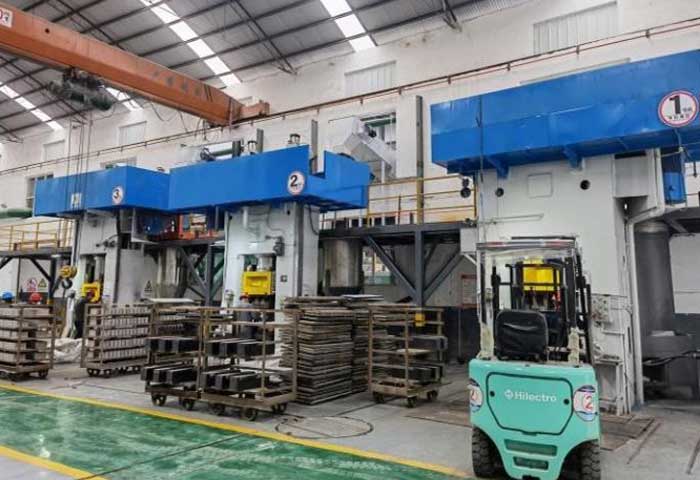
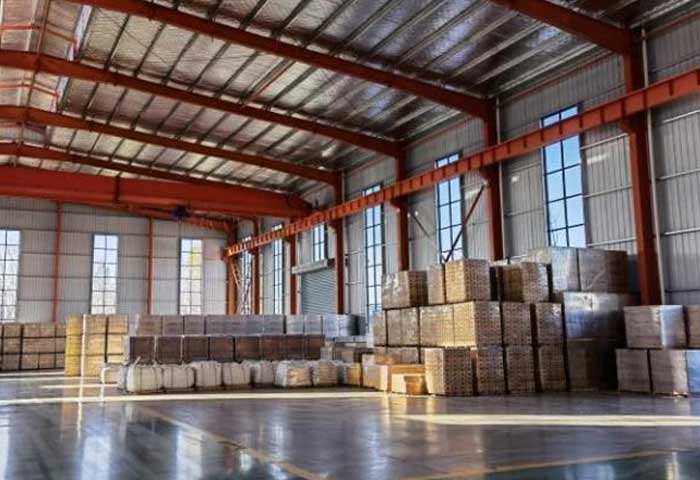
Firma materiałów ogniotrwałych PER znajduje się w mieście Xinmi, Prowincja Henan, rodzinne miasto materiałów ogniotrwałych w Chinach. Nasza firma jest opartym na technologii przedsiębiorstwem zajmującym się materiałami ogniotrwałymi, integrującym R&D, produkcja, obroty, i serwis techniczny. Bogate zasoby i doskonała jakość na tym terytorium zapewniają niezrównane, doskonałe warunki do produkcji materiałów ogniotrwałych. Naszymi głównymi produktami są cegły ogniotrwałe, cegły ogniotrwałe o wysokiej zawartości tlenku glinu, ogniotrwałe cegły krzemionkowe, cegły ogniotrwałe magnezowe, cegły mulitowe, cegły izolacyjne, i inne produkty odporne na wysokie temperatury.
Firma PER materiał ogniotrwały jest bazą produkcyjną surowca zielonego, oszczędzanie energii, i przyjazne dla środowiska nowe materiały ogniotrwałe. Nasza firma przeszła ISO9001:2008 międzynarodowy certyfikat systemu jakości i GB/T24001-2004 / ISO14001:2004 certyfikacja systemu zarządzania środowiskowego, certyfikacja agencji kontroli jakości w przedsiębiorstwie. Nasze produkty są dobrze sprzedawane w ponad 20 krajów na całym świecie. Są to preferowane produkty ogniotrwałe w metalurgii, nieżelazne, petrochemiczny, szkło, ceramika, i inne przemysł ogniotrwały.
